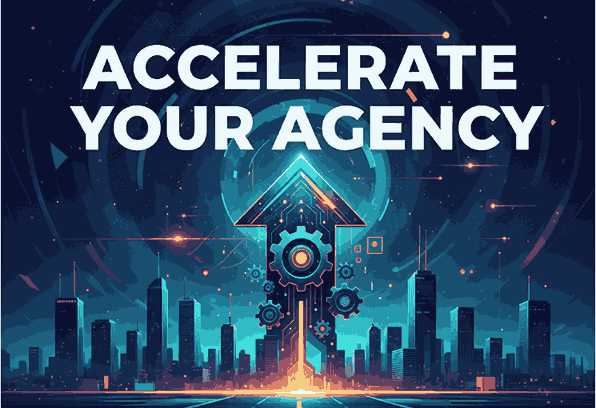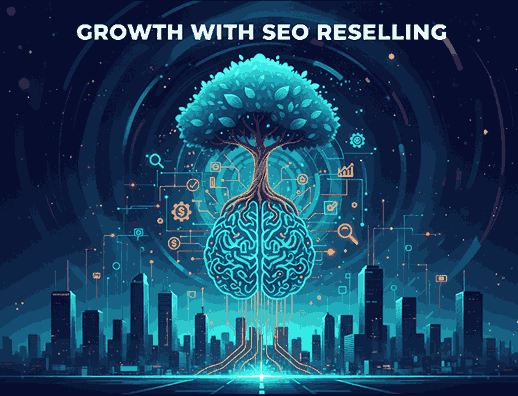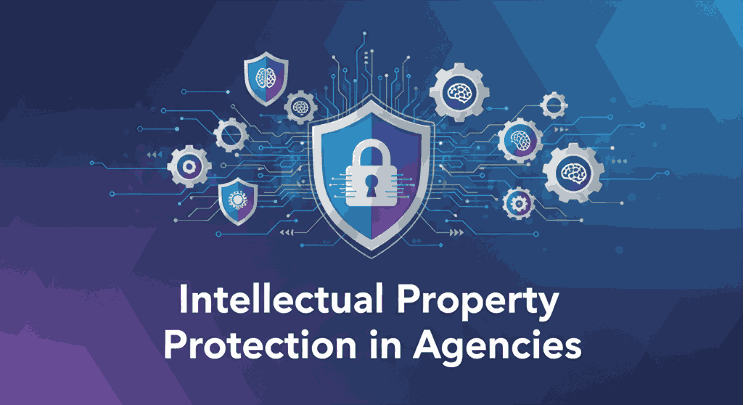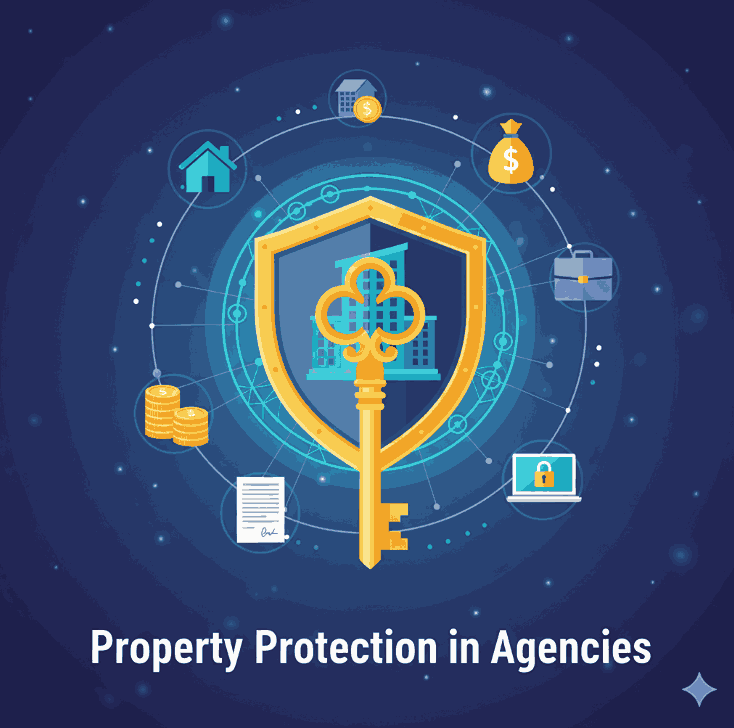
Table of Contents
- Introduction
- What Is SEO Reselling?
- Why SEO Reselling Is a Game-Changer for Agencies
- How to Scale Your Agency with SEO Reselling
- 4.1 Build Partnerships with Reliable SEO Providers
- 4.2 Offer Scalable SEO Packages
- 4.3 Focus on Client Retention and Value
- 4.4 Use Data and Analytics to Optimize Results
- Common Mistakes to Avoid
- Integrating SEO Reselling with Creative Branding
- Conclusion
- References
1. Introduction How to Scale Agency
How to Scale Agency In today’s competitive digital landscape, scaling an agency is no longer just about acquiring new clients—it’s about delivering consistent, measurable results. One powerful and cost-effective way to achieve this is through SEO reselling.
By learning How to Scale Agency with SEO reselling, design, branding, and creative service providers can expand their offerings, boost revenue, and improve client retention—all without hiring large in-house teams.

2. What Is How to Scale Agency SEO Reselling?
SEO reselling is a business model where an How to Scale Agency partners with a white-label SEO provider to deliver SEO services under its own brand. This allows agencies to offer high-quality SEO work without managing the execution internally.
The SEO provider handles keyword research, content optimization, technical audits, and backlinking, while your agency focuses on client relationships and strategy.
This approach helps agencies:
- Expand service offerings quickly.
- Generate recurring revenue.
- Scale without increasing operational complexity.
3. Why SEO Reselling Is a Game-Changer for Agencies
For creative or design-focused agencies, SEO reselling can be transformative. Many clients want a one-stop solution—branding, web design, and visibility. Offering SEO completes that ecosystem.
Key benefits include:
- Increased profit margins: You set your own pricing while outsourcing execution.
- Stronger client relationships: Clients prefer agencies that handle multiple digital needs.
- Consistent growth: Monthly SEO retainers bring predictable income.
- Brand authority: Providing measurable SEO results boosts your agency’s credibility.
4. How to Scale Your How to Scale Agency with SEO Reselling
4.1 Build Partnerships with Reliable SEO Providers
The foundation of a successful SEO reselling model is partnering with reputable white-label SEO vendors.
Look for partners with proven track records, transparent communication, and flexible pricing models.
Some well-known white-label SEO platforms include:
- The HOTH – SEO Reseller Services
- Vendasta – White-Label Marketing Solutions
- Traffic Think Tank – How to Scale Your Agency with White Label SEO Resellers
4.2 Offer Scalable SEO Packages
Develop tiered SEO packages for different client levels—startup, growth, and enterprise.
Include clear deliverables like content updates, monthly reports, and backlink audits.
Example structure:
- Basic Plan: Keyword research + 5 on-page optimizations.
- Growth Plan: Includes backlinks, content, and analytics.
- Pro Plan: Full SEO strategy, link building, and content marketing.
4.3 Focus on Client Retention and Value
Scaling isn’t just about new clients—it’s about keeping existing ones happy.
Offer monthly performance reviews, detailed reports, and explain how SEO improves conversions.
A happy client will renew services and refer new business.
4.4 Use Data and Analytics to Optimize Results
Use SEO analytics tools such as Google Analytics, Ahrefs, or Semrush to track keyword growth, traffic, and ROI.
Show clients real progress with visual reports—they’ll see your value instantly.
5. Common Mistakes to Avoid
While SEO reselling offers growth potential, many agencies make these mistakes:
- Choosing low-quality SEO vendors: This damages your agency’s reputation.
- Ignoring transparency: Always communicate who handles the SEO tasks and what’s included.
- Neglecting results tracking: Clients expect clear proof of improvement.
Avoiding these pitfalls ensures your agency scales sustainably.

6. Integrating SEO Reselling with Creative Branding
SEO reselling isn’t only about ranking higher—it complements design and branding services beautifully.
Imagine designing a stunning website and then driving organic traffic to it through SEO. That’s a complete package clients love.
You can even enhance your client presentations by using professional font mockups to showcase web visuals with premium typography:
- Darkloose Font – Bold and futuristic for tech-oriented brands.
- Leathering Font – A handcrafted style perfect for creative studios.
- Breakpass Font – Sleek and dynamic, ideal for digital startups.
Using these fonts elevates your brand proposals and creates lasting impressions.
7. Conclusion
Learning How to Scale Agency with SEO reselling can transform your growth strategy.
By partnering with trusted SEO vendors, offering scalable packages, and focusing on long-term client satisfaction, your agency can achieve consistent revenue and market credibility—without the overhead of a full in-house SEO team.
Combine this model with creative branding and strong visual identity, and your agency will stand out as a true full-service digital powerhouse.
REFERENCE
- Forbes – How Becoming Or Working With An SEO Reseller Can Benefit Digital Marketing Agencies
- The HOTH – How To Resell SEO Like A Champion
- Traffic Think Tank – How to Scale Your Agency with White Label SEO Resellers



